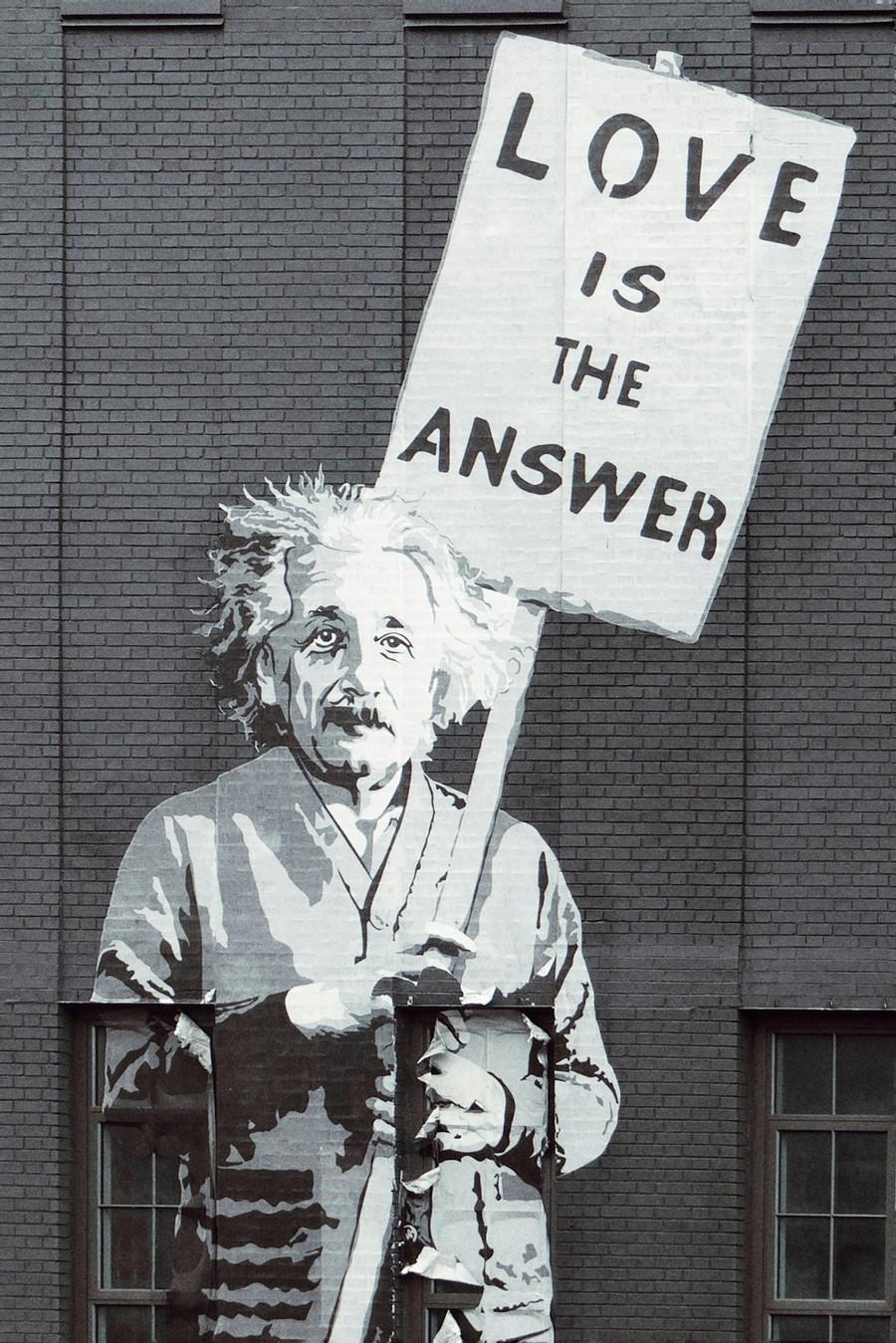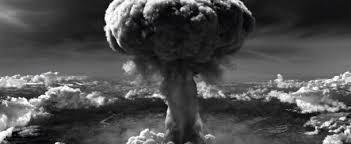Father of Atomic Bomb
E = (M-m)c^2. This equation was used to estimate how much energy would be liberated under fission in the atomic bomb, for example. The mass of the uranium atom was known—it had been measured ahead of time—and the atoms into which it split, iodine, xenon, and so on, all were of known mass. In other words, both M and m0 are known. So by subtracting the two numbers one can calculate how much energy will be released if M can be made to split in “half.”
For this reason poor old Einstein was called the “father” of the atomic bomb in all the newspapers.
122
598 reads
CURATED FROM
IDEAS CURATED BY
The more one seeks to rise into height and light, the more vigorously do ones roots struggle earthward, downward, into the dark, the deep — into evil.
Richard Phillips Feynman (May 11, 1918 – February 15, 1988) was an American theoretical physicist, known for his work in the path integral formulation of quantum mechanics, the theory of quantum electrodynamics, the physics of the superfluidity of supercooled liquid helium, as well as his work in particle physics for which he proposed the parton model. For his contributions to the development of quantum electrodynamics, Feynman received the Nobel Prize in Physics in 1965 jointly with Julian Schwinger and Shin'ichirō Tomonaga.
“
The idea is part of this collection:
Learn more about books with this collection
How to build trust in a virtual environment
How to manage remote teams effectively
How to assess candidates remotely
Related collections
Similar ideas to Father of Atomic Bomb
The atomic bomb
- J. Robert Oppenheimer, director of the Los Alamos Laboratory during World War II, is credited with the creation of the atomic bomb. Oppenheimer does not regret playing a part in the war effort, but he feels that the way the atomic bomb was used wasn't right. Japan could have been warned abo...
Read & Learn
20x Faster
without
deepstash
with
deepstash
with
deepstash
Personalized microlearning
—
100+ Learning Journeys
—
Access to 200,000+ ideas
—
Access to the mobile app
—
Unlimited idea saving
—
—
Unlimited history
—
—
Unlimited listening to ideas
—
—
Downloading & offline access
—
—
Supercharge your mind with one idea per day
Enter your email and spend 1 minute every day to learn something new.
I agree to receive email updates

